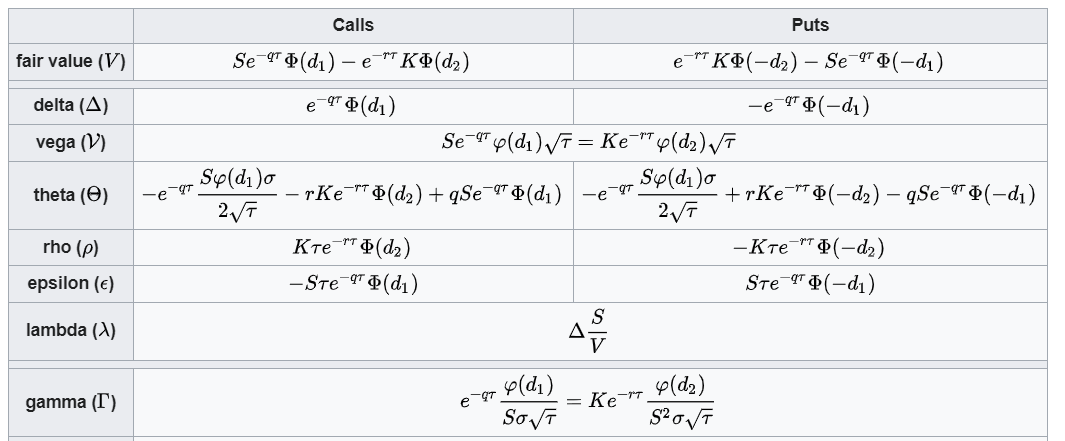for sigma in sigmas:
plt.plot(spot, opt_dict[f"call_{100*sigma}"], label=f"Call at {100*sigma}% vol")
plt.plot(spot, intrinsic_value, "k--", label="Intrinsic Value")
plt.title("Call price as a function of the underlying price")
plt.xlabel("Spot price")
plt.ylabel("Call price")
plt.legend();

